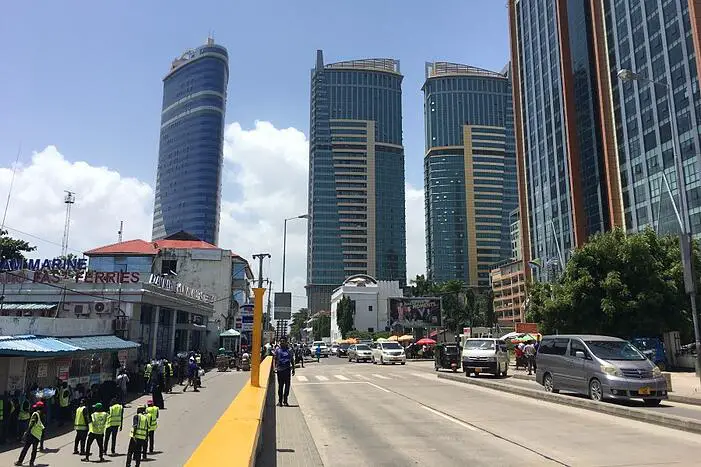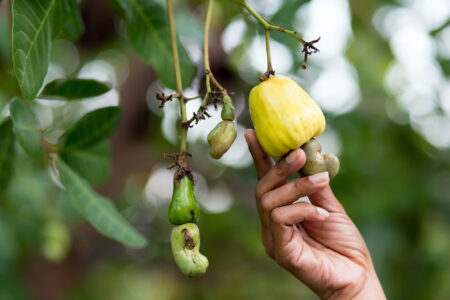- Energy, fuel, and utility inflation increased to 5.1 per cent in August 2021 from 3.6 per cent in July 2021
- 12-month inflation remained at 3.8 per cent which is the same rate as the previous month
- Interest rates charged on loans by banks remained unchanged
The Tanzania Central Bank (BoT) released the monthly economic review last week, which breaks down the performance of different economic sectors, of which most portions of the economy portrayed modest performance.
Inflation
The report showed that, in August 2021, twelve-month inflation remained at 3.8 per cent which is the same rate as the previous month, and below the country target of 5 per cent in 2021/2022.
Further, on that line, core inflation which BoT argues, is the index accounts for the largest share in consumer price index (CPI), increased to 4.5 per cent in August 2021 from 4.1 per cent in July 2021—this is attributed to the increment of transport costs, due to the upshift of fuel prices.
“Energy, fuel, and utility inflation increased to 5.1 per cent in August 2021 from 3.6 per cent in July 2021, driven by prices of petroleum products, in line with the recent increase in oil prices in the world market and introduction of new local levies,” BoT report argued.
Prices
In terms of prices, things in Tanzania haven’t been straightforward. As domestic pump prices of petroleum products maintained an upward trend, which is argued to be attributed with the global recovery from the COVID-19 pandemic—propelled by mass vaccination.
“In August 2021 petrol, diesel and kerosene registered an annual increase of 30.6 per cent, 25.2 per cent and 25.3 per cent, due to increase of prices of oil in the world market,” the BoT report noted.
On food prices, the report argued that wholesale prices of most of the selected food crops(maize, rice, sorghum, round potatoes, finger millet and beans) were lower in August 2021 than in the same period in 2020, except for finger millet.
The presence of adequate food supply in the market, fueled by favourable weather conditions in 2021/2022 was the factor behind the food prices outturn.
Money and Credit
On this section of the economy, the Bank of Tanzania provided a rather interesting outlook, from its Monetary Policy Committee (MPC), which the bank argues “the conduct of monetary policy in July and August 2021 contributed to keeping liquidity adequate in banks with overnight interbank interest rates ranging from 3-5 per cent, while credit to the private sector grew at a rate of 4.1 per cent in July 2021 compared with 3.6 per cent in the preceding month,”
The MPC agreed to sustain liquidity easing monetary policy in September and October 2021 in support of credit expansion to the private sector.
Read: Report Insight: Central Bank says Tanzania economy stable
Further, the bank report noted that the money supply sustained strong growth in the year ending August 2021, consistent with the implementation of an accommodative monetary policy.
“Extended broad money supply (M3) grew by 9.9 per cent in the year ending August 2021 compared with 10.5 per cent in the corresponding period of 2020. Meanwhile, broad money supply (M2) grew by 12.6 per cent compared with 10.2 per cent in August 2020,” the report noted.
However, the report noted that domestic credit which is made up of credit to the private sector(important wing to the economy) and central government by the banking system, grew by 8.9 per cent in the year ending August 2021 compared with 13.2 per cent in the corresponding period of 2020.
“Private sector credit growth maintained a slow recovery pace despite the liquidity easing monetary policy stance, reflecting low demand for new loans following adverse effects of the pandemic on some economic activities,” the report noted.
Interest Rates
In this section of the economy, the report noted that interest rates charged on loans by banks remained unchanged in the recent months, with overall and one-year lending rates which are stabilizing around 17 per cent in August 2021.
On the other side, the central bank report argued that “negotiated lending rates (the rate charged on loans to prime borrowers) averaged 14 per cent. Meanwhile, overall and one-year time deposit interest rates averaged at 6.64 per cent and 7.86 per cent respectively, with banks’ weighted interest rates remained low, averaging 4.43 per cent each in August 2021,”.
Government budget
Tanzania has evolved to become a nation driven by internal revenue of which has surpassed the record since the country established the revenue authority (TRA). According to the report, domestic revenue performance continued to be resilient, showing improvement in business activities in the economy.
“In August 2021, total domestic revenue collections amounted to $807.2 million which was 93.7 per cent of the target and 16.7 per cent higher than August 2020. Central government revenue was $781 million the balance is from local government own sources. During the month, tax revenue amounted to $673 million, which was 101.7 per cent of the target and an increase of 13.7 per cent compared to the similar month in 2020. Over performance in taxes on imports is associated with an increase in consumable imports,” the report argued.
On the side of the budget section, the government of Tanzania expenditure stood at more than $1 billion of which $628.4 million and around $450 million were spent on recurrent activities and developments projects, respectively.
Debt
Tanzania has been struggling to combat its debt burden, and in this report, the stock of external debt, which is made up of the public and private sector, went up to $25.9 billion at the end of August 2021, this is an increase of $4.5 million and $2.54 billion from preceding month and the corresponding month in 2020, respectively.
“The structure of external debt by creditors also remained unchanged, with debt owed to multilateral institutions and commercial creditors accounting for the biggest debt portion,” the report noted.
On the other end of the debt line, the government of Tanzania borrowing in the domestic market stood at around $7.91 billion, an increase of more than $176 million and an increase of $1.3 billion from the preceding month and the corresponding period in 2020.
The report argued that “the increase during the month was due to utilization of overdraft facility and new issuance of government securities. Longer-term instruments i.e., government bonds and stocks sustained dominance in the composition of domestic debt, altogether accounting for 83.3 per cent of the stock,”
Read: Tanzania: Investors Restoring Trust
Exports
On this portion of the economy, the performance was recorded to be fairly good. According to the report., during the year ending August 2021 exports of goods and services fairly improved to around $9.2 billion compared with $9.1 billion in the corresponding period in 2020, owing to good performance in goods exports.
“Exports of goods increased by 7.1 per cent to $6.589.5 billion, with non-traditional exports rising by $742.7 million to $ 5.618.7 billion. A significant increase was registered in exports of gold, manufactured goods, horticultural products and other exports,” the report noted.
In terms of high-end exportation, the trend was quite modest. Gold exports increased by $206.5 million to $2.94 billion and accounted for 52.3 per cent of exports of non-traditional goods.
“Exports of manufactured goods increased by 33.2 per cent to $1.125.2 billion, with significant increase registered in exports of ceramic products, cosmetics, plastic products, iron and steel” the report argued.
However, on traditional exports, things slowed down to $639.2 million in the year ending August 2021 from $967 million in the corresponding period in 2020. This downturn in exports was argued by the central bank, to be caused by subdued demand in the world market in the wake of the pandemic.
Imports
The report pointed out that, imports of goods and services increased to more than $10.2 billion in the year ending August 2021 from around $9.6 billion in the corresponding period in 2020.
This hike was attributed to the rise in imports of machinery, oil and all consumer goods except food and foodstuffs.
The value of goods imported during the period increased to $8.916.4 billion from $8.207.7 billion. Oil imports which constituted 18.7 per cent of all goods imports, rose by 11.5 per cent to $1.666.2 billion, on account of the price effect.
Tanzania is working towards attaining stability in industrialization and developing its internal revenue collection, to become a self-sustaining nation.











